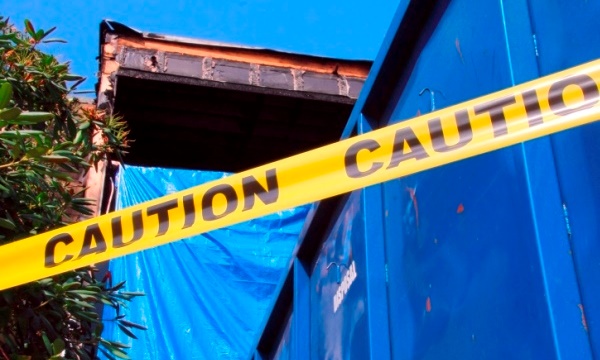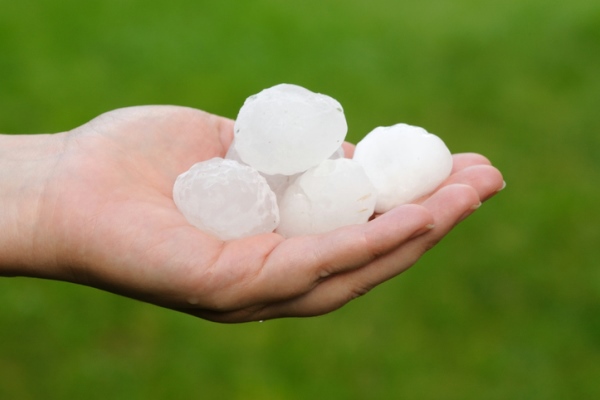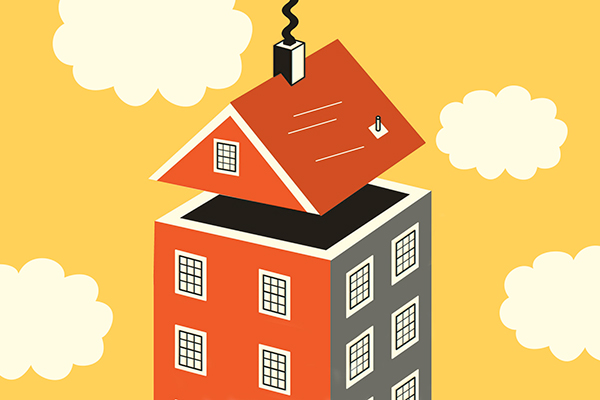There’s a reason Dorothy insisted “there’s no place like home”: it just feels better to be in your own space. But every year, thousands of Americans have to leave their homes temporarily because of a natural disaster or other damage-causing calamity, moving their families and living in hotel rooms or rental units until their houses can be repaired.
No matter how nice the hotel or how grateful you are that your family is safe, it can be tough—and expensive—to live in temporary housing. That’s where homeowners insurance comes in.
Am I covered for temporary relocation housing?
Check your policy for terms like “loss of use,” “additional living expenses,” “fair rental value” or “civil authority prohibits use.” These may indicate that you have coverage for a necessary increase in living expenses if your home is unfit to live in due to a covered loss.
How does the coverage work?
The keys here are “necessary expenses” and “covered loss.” Homeowners insurance only covers expenses above and beyond what you’d normally spend if you were still living in your home. If you normally spend $100 per month on groceries, but you spend $200 per month on groceries and takeout while living in a hotel room without a kitchen, insurance will only cover the extra $100. And if you normally spend $50 on gas each month but now have a longer commute to work and are spending $75, insurance can cover that extra $25.
Toiletry and clothing purchases are generally not covered, so if you have time to prepare before leaving your home, try to pack a few extra outfits. Clothes worn by favorite humans (in addition to familiar toys and foods) can also comfort pets who suddenly find themselves in a strange place.
 What’s not covered?
What’s not covered?
Unnecessary expenses are usually not covered by homeowners policies. If you have a washer and dryer at home and in your temporary housing, but decide to have all your clothes dry-cleaned while living in a rental, those costs would not be covered. Policies also won’t cover things like mortgage or normal utility payments for your home, but if no one is living there, the Red Cross suggests temporarily canceling Internet and phone service or reducing the heat and air conditioning to minimize gas and electricity bills.
What else can limit my coverage?
The “covered loss” qualifier means that your homeowners policy must cover the situation in which your home was damaged. Most policies do not include flood or earthquake coverage, so if one of those events makes your home uninhabitable, you won’t be able to use your homeowners insurance to cover the costs of a temporary living situation.
Covered losses, however, don’t have to mean damage to your own property. In some cases, if there’s damage to a neighboring property by a covered loss that requires you to move, your policy may cover that loss of use.
Be patient with yourself and your family, spend time making sure kids and pets are reassured and healthy, and give yourself a break from reading about other disasters on news sites, and before you know it, you’ll have made it through the stress of a temporary relocation—and you’ll be going back home.
Have questions about homeowners insurance? Want to find out if your policy covers temporary relocation? Give us a call at 1-800-841-2964 to learn more.
By Kristen Koch










Keith H. Bradbury says,
I have moved. How do I change my address?
Editor says,
Hi! You can do so by logging into your policy on geico.com or through the GEICO Mobile app.
FMas says,
In case of damage caused by lighting and while waiting to rebuild an insured rents a home. Does the liability on the insured home extends to the rental? Thank you.